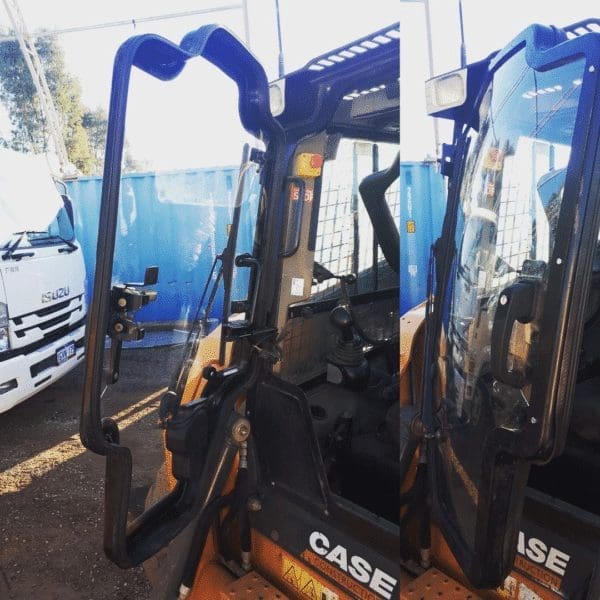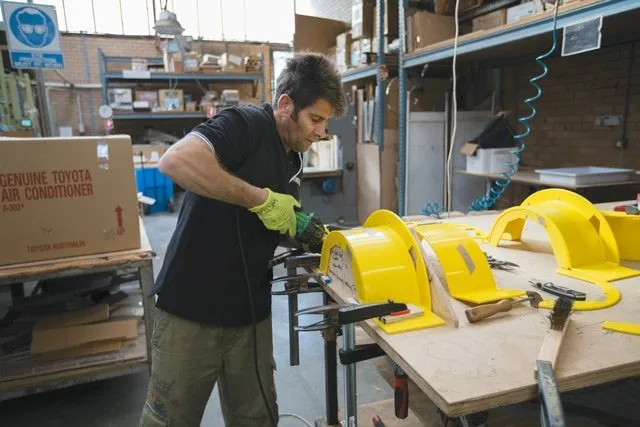

Engineering plastics are the bridge between standard plastics and high temperature plastics. While they have better mechanical strength and thermal resistance than commodity plastics (such as PVC), they’re not as sophisticated or as costly to produce as high temperature plastics.
Engineering plastics have attributes that enable them to perform for extended periods in situations where there is mechanical stress, a variety of temperatures and a harsh physical environment. Because of these benefits, they are often used in many custom plastic creations and designs.
They are confirmed to perform at the range of 100°C to 150°C. Comparatively, high-temperature plastics can be manufactured to reach temperatures up to 260°C
While the term engineering is broad in scope, in plastic manufacturing, it includes the following plastics: polyamides, polycarbonates, polyacetals, modified polyphenylene ethers and thermoplastic polyesters. It’s thought that the term ‘engineering plastics’ originated when manufacturers began replacing metal parts in engineering applications successfully with plastic substitutes.
Why Use Engineering Plastics?
There is an engineering plastic to suit nearly all custom plastic designs. The benefits of engineering plastics include:
- High chemical resistance
- Strong wear resistance
- Very good mechanical characteristics
- Superior machinability
- Dimensional stability
- Higher fire retardancy
- Ability to hold tight tolerances and complex geometries.
Engineering plastics are gradually replacing traditional materials, such as wood and metal, in projects and designs. They offer a much cheaper and easier manufacturing option with a superior weight-to-strength ratio. Particularly when it’s a custom plastic design in an untraditional shape.
But which engineering plastic is best for your next custom plastic creation?
What Are the Best Engineering Plastics?
Polyoxymethylene (POM)
Commonly known as acetal, POM is a versatile, semi-crystalline engineering plastic often used to create complex custom plastic creations.
POM has the following benefits:
- Low moisture absorption
- Excellent resistance to wear
- Excellent mechanical strength and rigidity
When tested at low temperatures, it’s shown to retain its solid creep resistance and impact strength and is easily machinable. It’s often used in electrical parts.
Polyethylene terephthalate (PET)
Polyethylene terephthalate is a clear plastic ideal for projects that require surface quality, dimensional accuracy and intricate designs.
Characteristics of PET include:
- High rigidity and strength
- High creep resistance and hydrolysis resistance up to +70°C
When compared to POM, results show PET absorbs much lower amounts of moisture and has brilliant sliding behaviour. PET has good chemical resistance against acids and is stable in temperature and dimensions. Because of this, it’s often used in the food and beverage industry.
Polybutylene terephthalate (PBT)
Polybutylene terephthalate is a crystalline, high molecular weight polymer. It’s known for its thermal deformation resistance, strength and dimensional stability. When compared to PET, it’s impact strength is superior, especially at lower temperatures.
Other benefits of PBT include:
- Low creep tendency
- Outstanding friction
- Minimal wear
When tested with chlorine and caustic cleaning solutions, it shows superior resistance. This is why it’s used widely in the hospitality industry. It also has a very low moisture absorption rate and a very low coefficient of thermal expansion. It’s often used in automotive components.
Polyamide (PA)
Polyamide plastic is known more commonly as nylon. One of the most popular engineering plastics, it’s found in a variety of products. It’s often used in the automotive and industrial industries, due to its high resistance to oil.
Other benefits of polyamide include:
- Good coefficient of friction
- Strong wear resistance
- Outstanding temperature and impact properties
- Low density
- Strong chemical resistance
- High thermal stability
One negative of polyamide is a higher absorption rate of moisture compared to other engineering plastics. It’s used widely across the manufacturing industries, including nylon rope, stock shapes and clothing.
Acrylonitrile Butadiene Styrene (ABS)
ABS is often considered the plastic that sits between standard industrial plastics and engineering plastics. An opaque plastic, it’s resistant to gamma and x-rays and most chemicals.
Pros of ABS include:
- Impressive impact strength and toughness
- High tensile strength and stiffness
It’s considered to be relatively cheap to produce with a high level of machinability. ABS is often used for household items, such as LEGO pieces and cooking instruments.
Common Uses of Engineering Plastics
Engineering plastics are seen across all aspects of our lives. Common uses of engineering plastics include:
- Automotive Industry – car bumpers, dashboard trims and motorcycle helmets
- Electrical and Electronics – connectors
- Building and Construction – pulleys
- Sporting Goods – skis
- Consumer Goods – LEGO pieces and utensils
- Industrial Industries – corrosion-resistant liners
BCJ Plastic Products: Your #1 Supplier of Engineering Plastics
Engineering plastics refers to a particular set of plastics that have superior properties to traditional plastics but are not as sophisticated as high temperature plastics. The variety of types and benefits available means there’s an engineering plastic to suit your custom plastic creation.
Do you need engineering plastics for your business? Get a quote online or call BCJ Plastic Products on (08) 9353 3477 for expert service and professional advice.


